The dreaded brisket stall! Everybody who has smoked a large piece of meat has experienced the stall, that point where the internal temperature just stagnates. The good news is...there are several methods you can use to get the brisket internal temp to start moving up again!
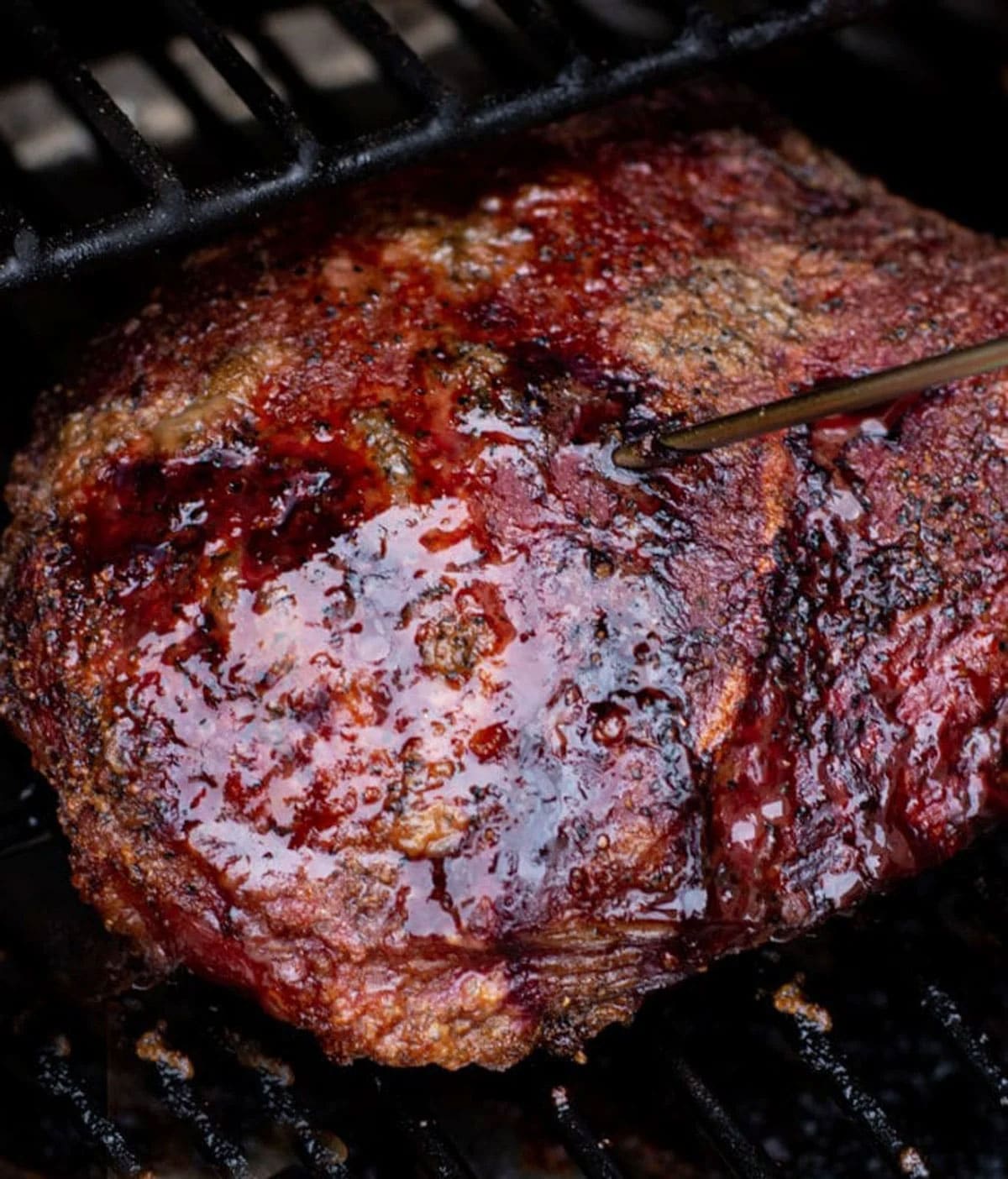
The brisket stall is a real thing. And it doesn't just happen to brisket. It can happen when you smoke a pork shoulder as well as when you smoke a large smoked chuck roast. If you've experience the stall, you might have thought something was wrong. Perhaps you adjusted your fire or increased the temperature of the smoker. Some scream in agony...these are all things I have done in the past. I mean...brisket is not a cheap cut of meat!
I talk about the brisket stall in my cookbook, "Smoking Meat Made Easy, but I'm going to share some of my "tried and true" most effective methods here on how to get the brisket temperature moving again. Let's be clear...there is no escaping the stall. But there are some really effective ways to speed it up that don't require a lot of effort.
Jump to:
🤷🏼♂️ What Causes The Brisket Stall?
The stall occurs due to evaporative cooling. As the meat increases in temperature, the moisture in the meat will begin to evaporate and actually cool the meat during the cook. The cooling will begin to counteract the heat in the smoker and cause the internal temperature of the meat to plateau.
This plateau can last for several hours until enough moisture has been released from the meat so that the cooling effect dissipates. You will find that the stall occurs around 150°F to 170°F.
🗒️ How To Combat The Stall
There are some ways to help make the brisket stall a bit less agonizing; however, if you're smoking low and slow there is not a quick workaround. Here's some techniques you can use to help get past the stall.
1. Use The Texas Crutch
The Texas crutch is a popular technique used in barbecue, particularly when smoking large cuts of meat. It involves wrapping the meat in foil or butcher paper during the smoking process, which will help retain moisture and speed up the smoking time.
Here's what you do...as soon as your brisket reaches the stall, you can wrap it tightly in aluminum foil, shiny side down. This will help trap the moisture as it evaporates and it also helps lessen the cooling effect. The moisture will condense on the foil and stay trapped, allowing you to reduce a significant amount of time during the stall.
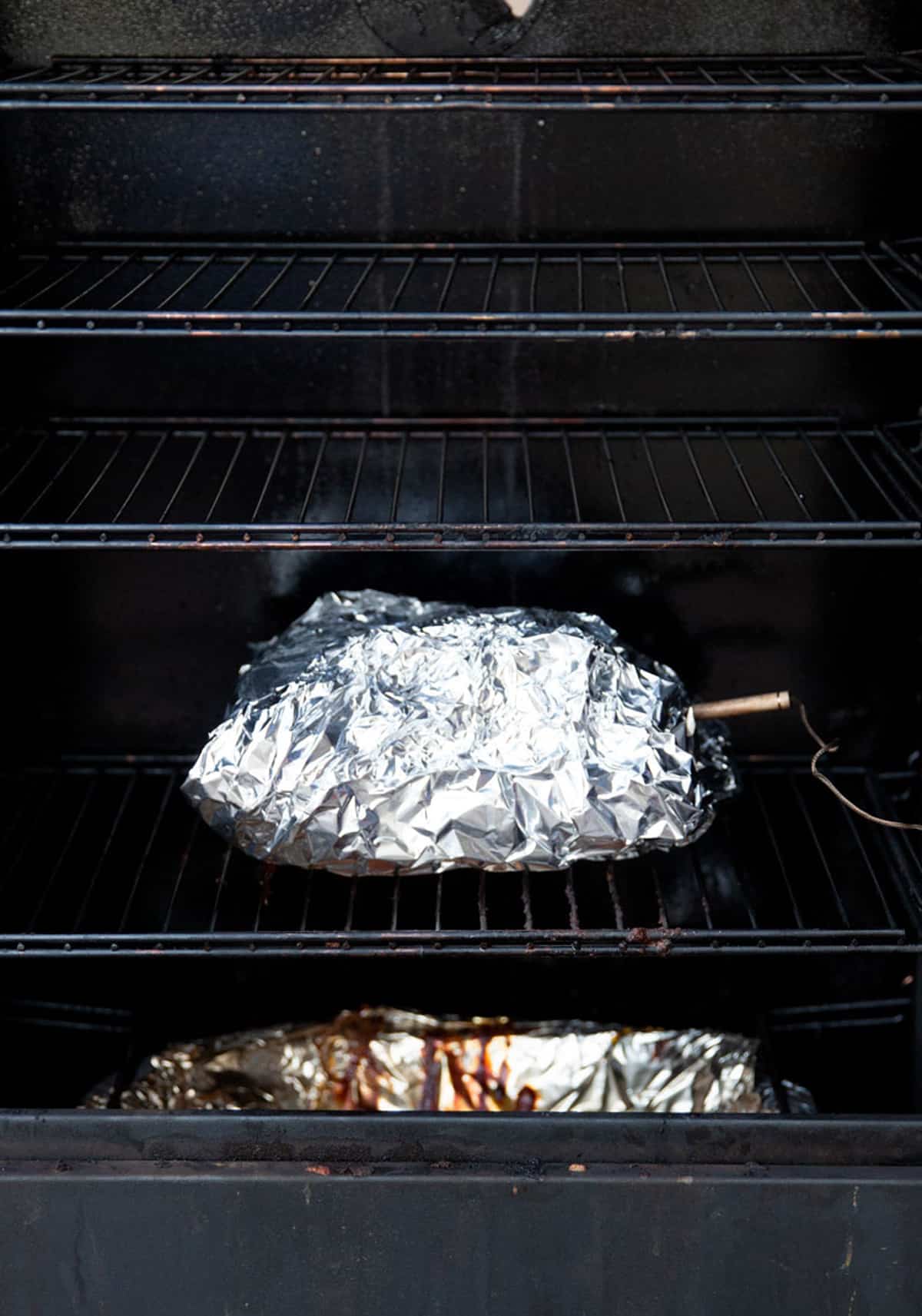
Now for the bad news. Aluminum foil doesn't allow for the smoke to penetrate, so your brisket will not be able to soak up any more smoke flavor during this time period. But, it's been exposed to smoke for many hours already, so it's not a huge loss.
Also, the condensing moisture will make the bark on your brisket soggy. Typically you will want to have a nice firm, crunchy crust develop on your brisket, and wrapping in foil will prevent this to some degree.
2. Wrap In Parchment Paper
Wrapping the brisket in Parchment paper can also combat the stall. Parchment paper breathes and provides a lot of airflow, which means some smoke can still get in and will still add flavor to the meat. It also will trap in most of the moisture, although it isn't as tight of a seal so don't expect the stall to disappear!
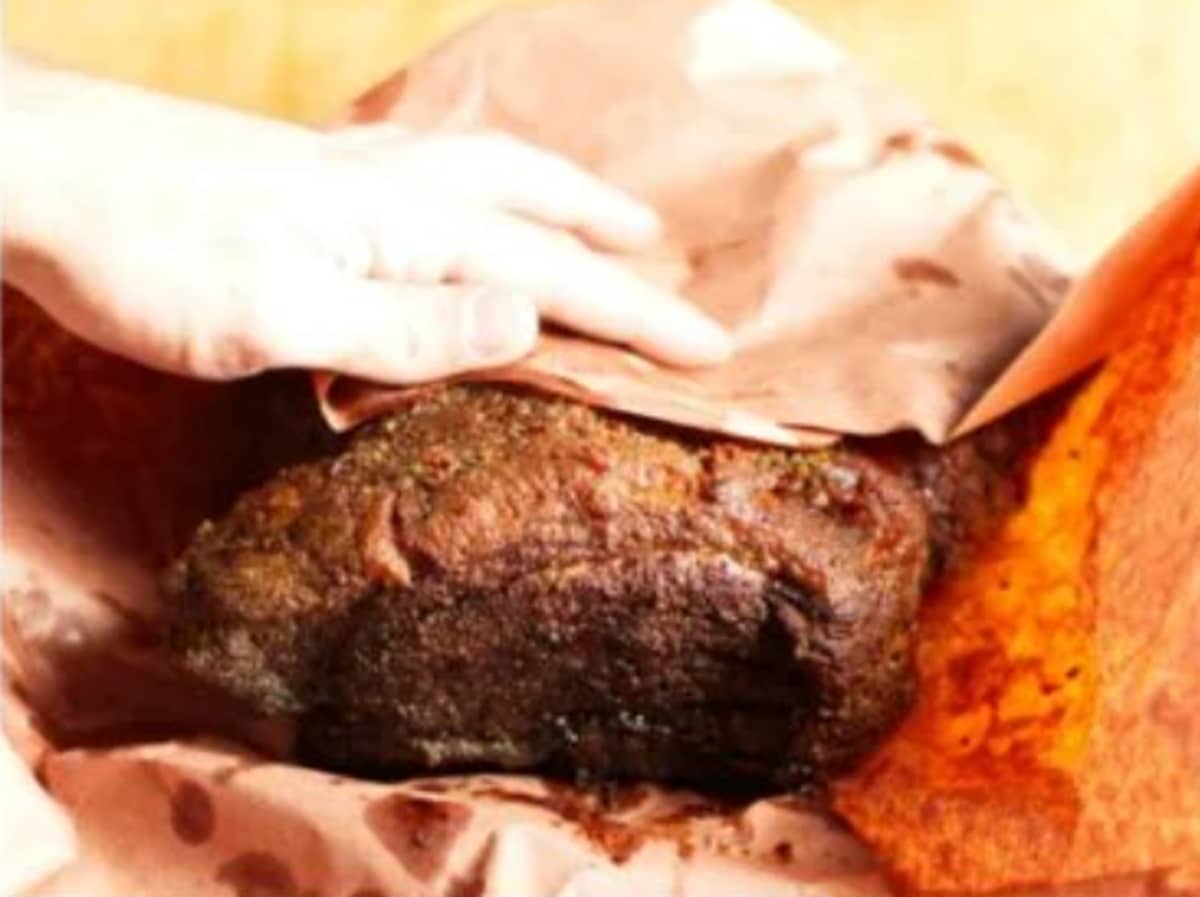
3. Post Smoke Wrap and Rest
My dad taught me this last method and while we've already gotten past the stall, this technique really increases the moisture level. Go ahead and use the Texas crutch method or wrap it as instructed above. Once the brisket reaches 195°F, remove it from the smoker leaving it wrapped. From there, take the meat still wrapped and wrap it again in a large beach towel.
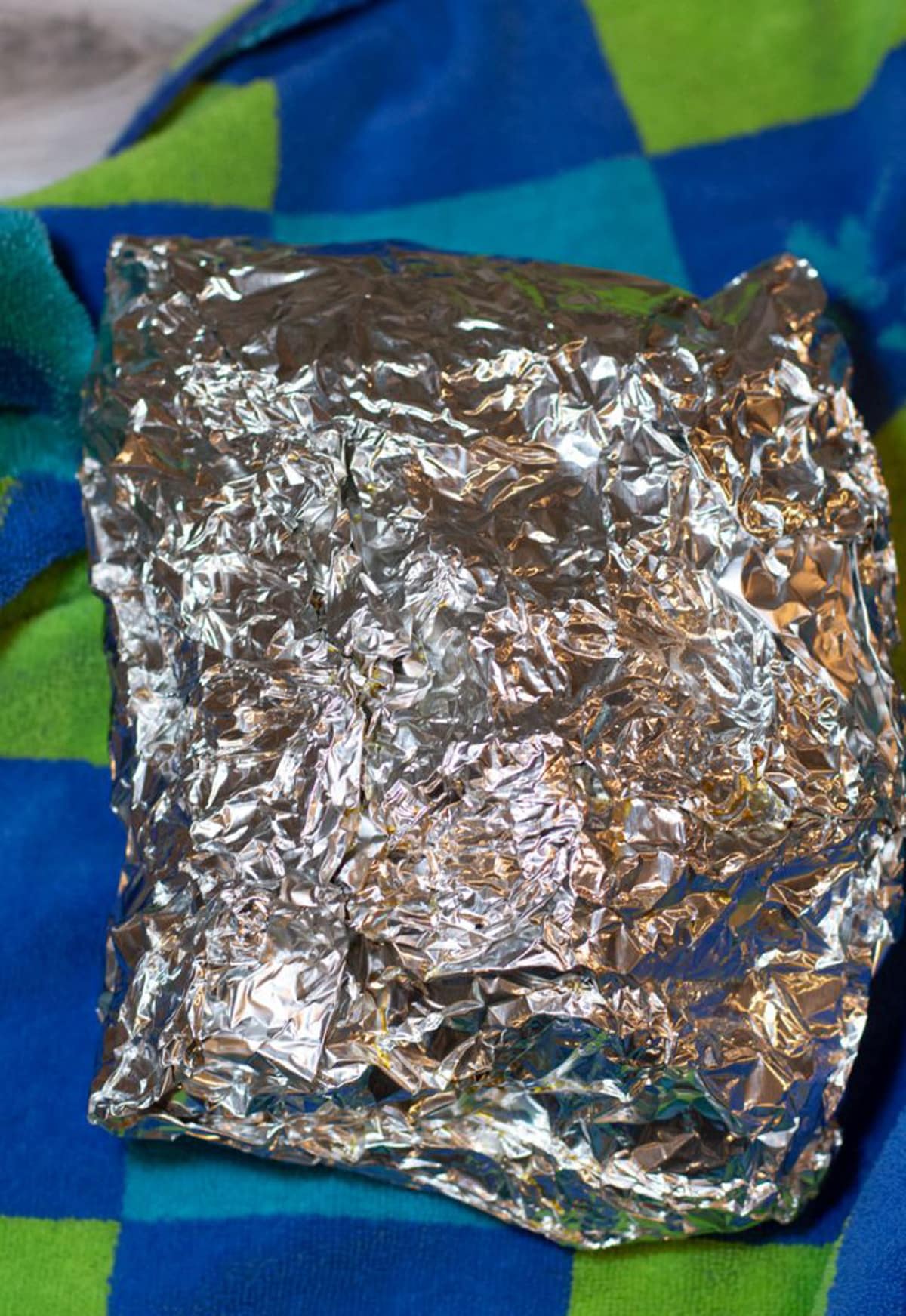
Place the wrapped brisket in a large empty cooler, close the lid, and let it rest for 2 hours. This process really helps make the meat juicy and more tender. After the 2 hours have passed, you are ready to cut into your brisket ensuring you slice against the grain.
🙋🏼♀️ FAQs
Yes, that is also an option. Allowing the brisket to continue cooking at its own pace will just require some patience. If you chose to ride it out, make sure you keep an eye on the temperature of the smoker ensure it remains at a consistent temperature. Consistent temperature is key to ensuring the brisket turns out moist and tender. Spritzing the brisket with a 1:1 ratio mixture of apple cider vinegar and water will also help maintain the temperature.In the end, you will still have a delicious piece of meat if you cook it low and slow!
It really depends on how big the piece of meat is and the internal temperature of the smoker. The stall itself can last anywhere from 1 to 6 hours based these factors.
No, they are not the same. Parchment paper is a non-stick paper that is coated with silicone. It's typically used for lining baking sheets to prevent food from sticking. It's is heat-resistant and moisture-resistant, and it works best in the oven. Butcher paper is uncoated and mostly used to wrap meat. It's also used for wrapping meats during the smoking process.
Both are fine to use when wrapping meat in the smoker, but Parchment paper has a breathable barrier that allows smoke and moisture to penetrate the meat while still protecting it from drying out.
Using heavy duty aluminum foil works best. designed to withstand higher temperatures and won't tear as easily. Heavy-duty foil is most often used for wrapping large cuts of meat like brisket, pork shoulder, or roasts. It holds up better than regular aluminum foil during the smoking process and it helps retain moisture more effectively.


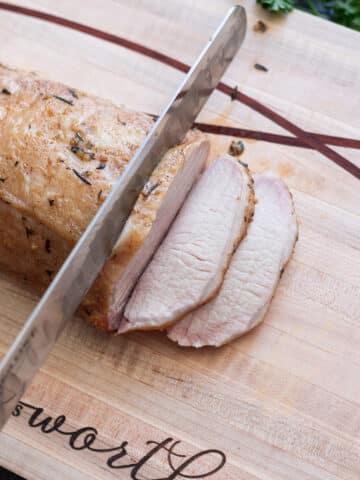
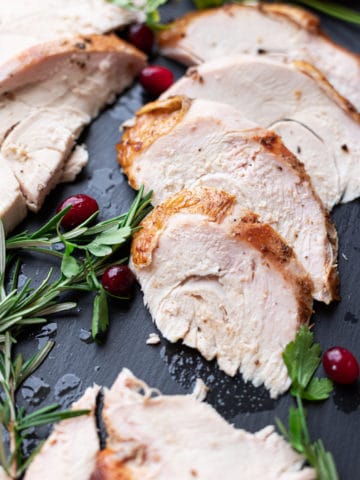
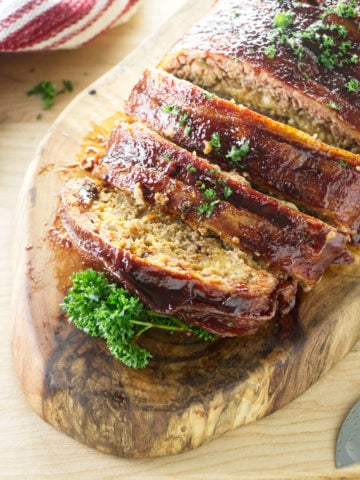

amy liu dong
I love all the information and tips on making this brisket. I am saving this recipe and will make this dish for my mom this Mother's Day!
Amanda Mason
Enjoy!!
Gwynn
This is all such good information. Now I feel ready to give this a try!
Amanda Mason
Yes! It's not hard at all and the methods work well. Just be patient and your brisket will turn out tender and juicy!!